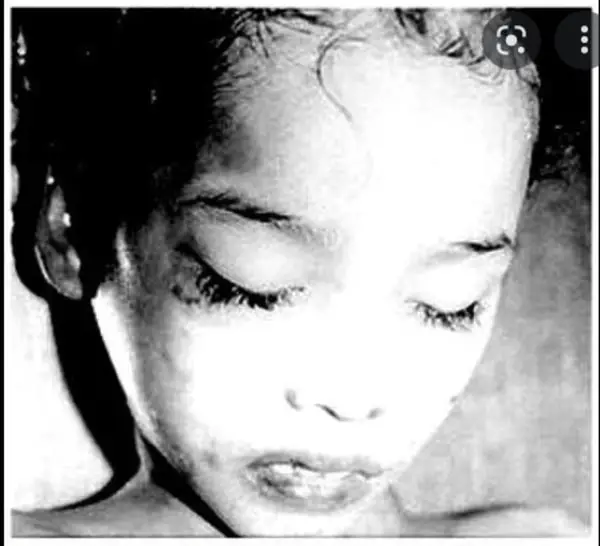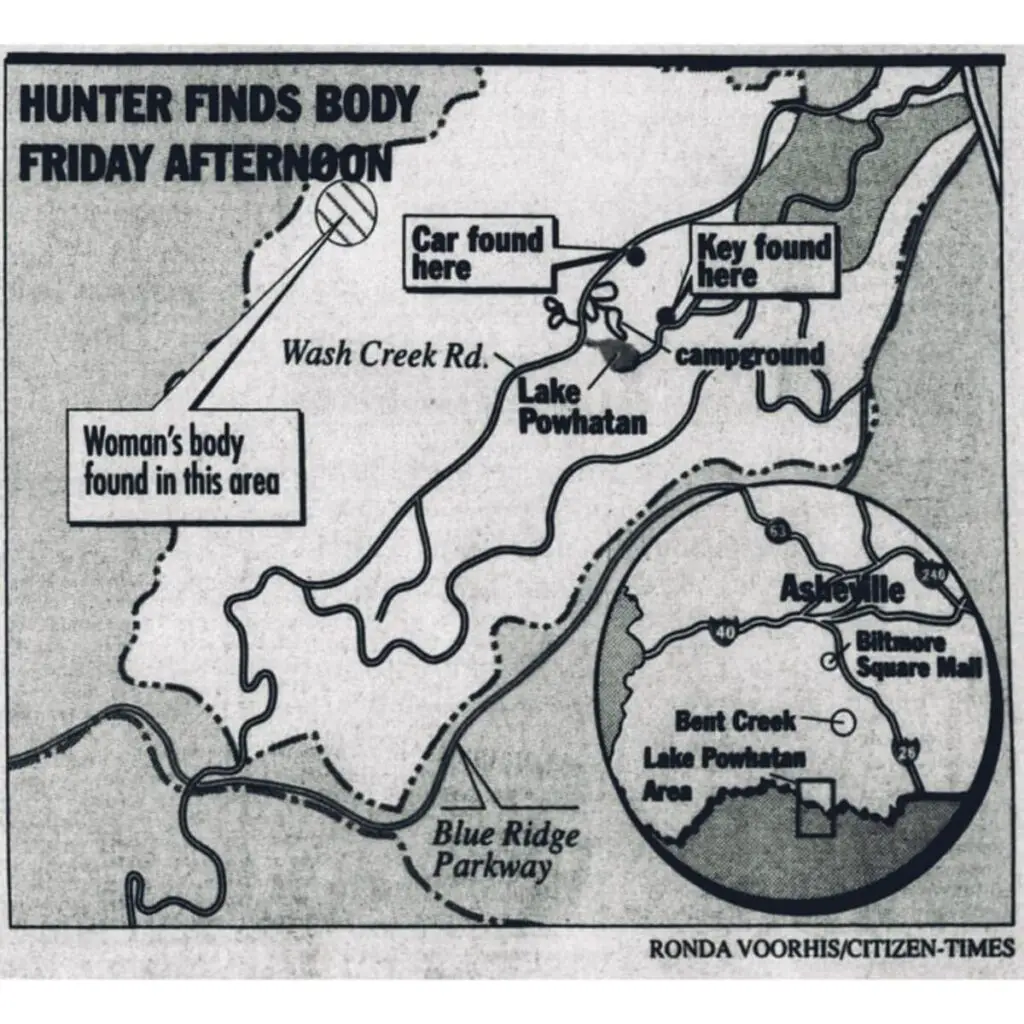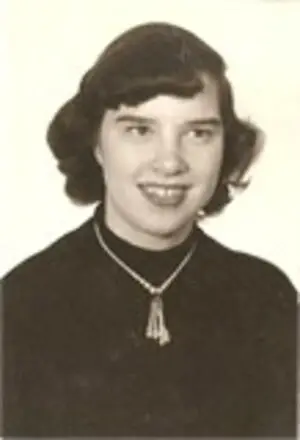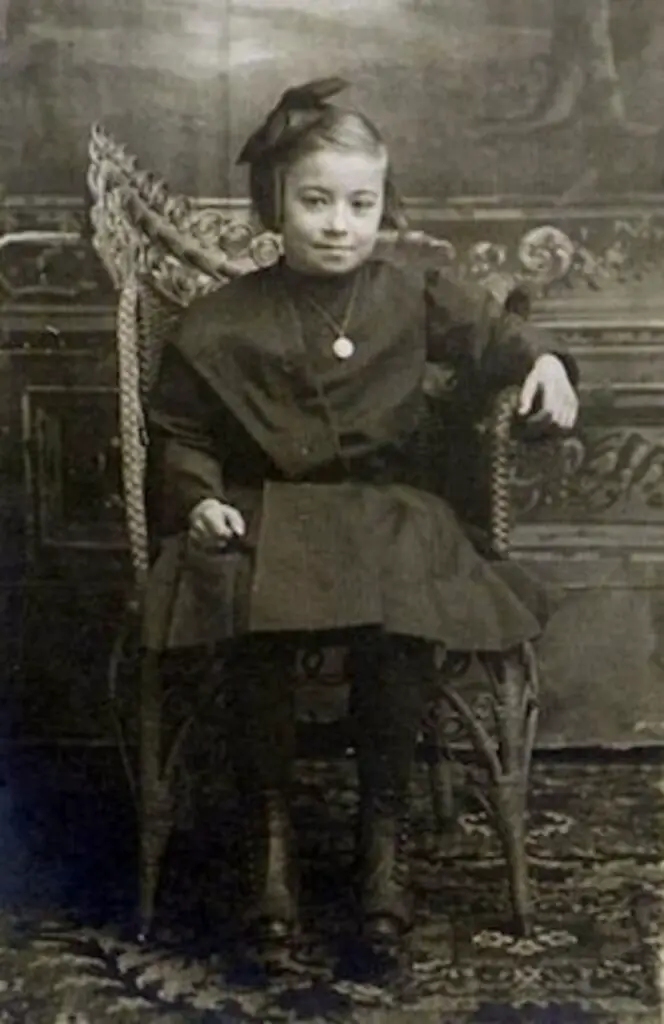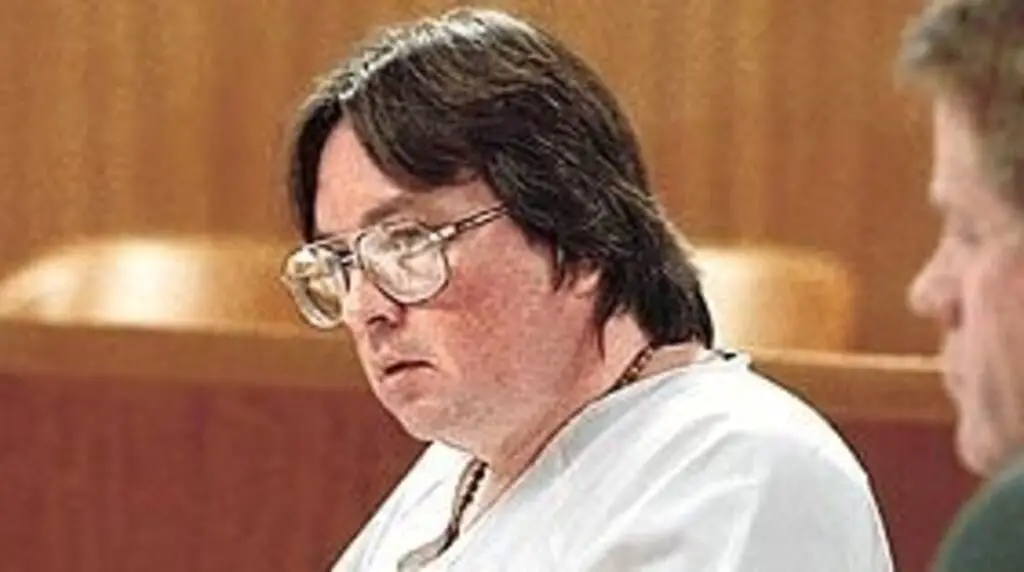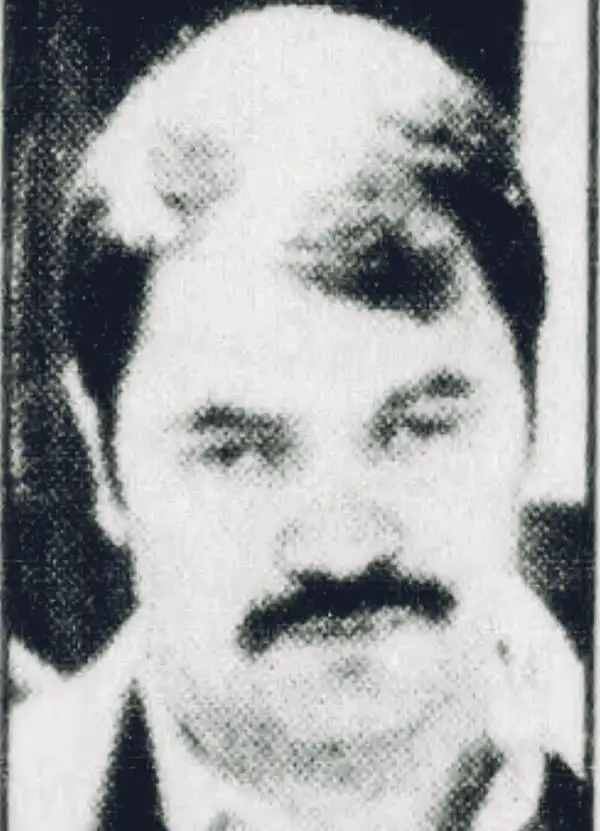When Denver police sped to the scene of a shooting on June 27, 2022, they found a victim lucky to be alive — and a case that could just as easily have been a homicide.
A man and woman had attempted to steal an unoccupied car that was idling at a gas station. When the owner chased them on foot, one of the assailants shot him in the face. Somehow, the bullet deflected off his mouth. He lost some teeth, but he didn’t lose his life.
The difference between life and death was a matter of inches or less, and in most big U.S. cities that arbitrary outcome might also have determined whether the shooter faced justice. That’s because major police departments devote far fewer resources to solving nonfatal shootings than they do fatal ones.
Police generally clear about half of homicides by arresting a suspect (or in extraordinary circumstances, by determining they cannot — for example, if the suspect has died). But when the victim survives, departments in some cities make an arrest in fewer than 1 in 10 shootings, according to data gathered by The Marshall Project.
But not in Denver, as the car thieves would learn. In the past few years, the Mile High City has set out to end the disparity between how police treat homicides and near-homicides. And other cities are taking notice.
In 2020, responding to an uptick in gun violence, the city’s police department adopted the uncontroversial but unusual approach of seriously trying to solve every nonfatal shooting. Officials created a new unit, the Firearm Assault Shoot Team, or FAST, devoted solely to the task.
Over the last three years, FAST has cleared hundreds of shootings, arresting suspects or issuing warrants for their capture at nearly triple the department’s previous rate for these violent crimes. The effort has shown that when detectives have the time, resources and commitment, they can resolve most shootings.
And it raises uncomfortable questions about why police departments across the rest of the country do not.
“The only difference between a nonfatal shooting and a homicide is luck,” said Paul Pazen, the former Denver police chief who launched FAST in 2020. “Policing shouldn’t come down to luck.”
Historically, Denver’s gun murder rate has been about average among large American cities. Minorities have borne a disproportionate share of the violence: An analysis by the Public Health Institute at Denver Health found that Black people in Denver were about five times as likely to be murdered with guns as White people between 2011 and 2015.
But the police department usually solved the homicides. In 2013, the U.S. Justice Department selected the city for a report on best practices for making homicide arrests. Like other high-performing homicide units, Denver’s was a single team of rigorously vetted officers who had undergone special training and worked intensively on a handful of cases at a time. (Ideally, a homicide investigator leads no more than three cases per year, according to the Justice Department report.)
Nonfatal shootings were not treated the same way, however. These crimes fell to officers in each of Denver’s six police districts, who were handling all manner of cases and upwards of 250 a year.
Pazen once asked an investigator why it was difficult to solve nonfatal shootings. “We can run pretty good on the case for about 48 hours,” he recalled the officer telling him, “but then more cases come in. And if I have trouble getting ahold of witnesses, if I have trouble getting ahold of the victim, then this case often gets pushed to the backburner.”
Uncooperative witnesses are a regular part of police work. But when given a choice between overcoming those hurdles and addressing a competing priority — a burglary ring, or a series of auto thefts — busy officers often set aside investigations of nonfatal shootings to focus on crimes where they felt they could make more of a difference.
“They’d walk away from these cases, citing the victim’s refusal to cooperate,” recalled Matt Clark, who commands the Major Crimes Division. The department couldn’t even measure its performance investigating nonfatal shootings because it didn’t have a system for counting them, he recalled. In the department’s databases, nonfatal shootings were grouped with other aggravated assaults, be they committed with knives, vehicles or fists. Nonfatal shootings got lost in that pool of incidents, which was 50 times larger than that of homicides. In 2019, Denver analysts had to perform a tedious hand search of thousands of aggravated assault cases, flagging those involving firearms, to conclude the department had cleared by arrest just 1 in 6.
Philip Cook, a professor emeritus at Duke University and one of the country’s foremost economists of crime, said this is typical of police departments — and bad policy.
If the justice system aims to incarcerate those with a high likelihood of harming others, there are few people more important to detain than those who have shot and almost killed someone else. Particularly given that the victim of an unresolved shooting might be motivated to retaliate with violence of their own.
Inconsistent policing of gun violence also undermines any role the justice system plays as a deterrent, since evidence shows the certainty of punishment is more important than its severity for discouraging reoffending.
In a recent book he co-authored, Cook hypothesized that allowing shooters to act with impunity likely demoralizes their communities, erodes trust that law enforcement is capable of keeping the peace, and makes it harder for officers to win the cooperation of witnesses.
“Once you accept the idea of the ‘almost-cide,’” Cook said, “from a prevention point-of-view, solving a nonfatal shooting is every bit as good as solving a fatal shooting.”
In a country wracked by gun violence, it’s surprising this deficit has not gotten more attention. Cook’s research shows that part of the solution is for police departments to sustain longer investigations into nonfatal shootings, rather than allow them to flag. In an analysis of fatal and nonfatal shootings in Boston, he and co-authors found that detectives were equally likely to make arrests during the first two days of an investigation, but as time went by and the cases grew cold, they were far less likely to arrest the perpetrators of nonfatal shootings.
For Denver, that meant dedicating more resources to investigating them, and there was some evidence to guide their investment. From 2017-2019, New York State funded a demonstration project in the small cities of Newburgh and Utica that allowed their police departments and district attorneys to each dedicate one additional investigator to nonfatal shootings. An evaluation found the investigations were significantly more likely to win the cooperation of witnesses and clearance rates rose dramatically, although they declined over time as detectives’ caseloads grew.
Whereas other police departments have established teams to focus on other aspects of gun violence — cracking down on illegal gun carrying, say, or collecting and comprehensively analyzing ballistics and firearm trace data — Clark decided that was too broad. “We intentionally narrowed the scope to: intentional shoot, hit somebody.” And he knew just the officer to make it work.
Sergeant Troy Bisgard has policing in his blood. His father, grandfather and great-grandfather had all been cops in and around Denver, and before Clark asked him to lead the FAST unit, he had held positions across the department, including more than a dozen years investigating homicides himself and supervising patrol officers. He also had a feverish energy, and delighted in the day-to-day of police work.
Sitting behind his desk on the third floor of police headquarters this spring, he reminisced about being recruited to the police academy while still in college, chasing guys as a street detective — what he called “the circus.”
“It’s the most fun I’ve ever had in my entire life,” he said.
In his view, there was no mystery to solving nonfatal shootings: FAST simply needed to accomplish what the homicide unit already did. That meant each detective on the new team needed a car to take home, so if a shooting happened in the middle of the night, as was so often the case, he or she could respond directly to the scene. The detectives needed to be allowed overtime pay to accommodate long and irregular hours. Everything hinged on beginning the investigation immediately, and sticking with it.
“The secret sauce is just getting them on it,” he said.
Most of all, he needed enough officers to spread the work around. Based on the number of shootings in 2019, department analysts figured FAST would investigate 100 shootings in its first year (another unit would continue to handle shootings with a clear nexus to gangs), so Bisgard asked to handpick 10 detectives. The department gave him five (although as that caseload later proved a major underestimate, the team eventually expanded to nine detectives and an additional sergeant).
In early 2020, Bisgard assembled the initial team for a bootcamp of sorts. “Those poor guys had to listen to me for two weeks straight,” he said, chuckling. “I was setting up fake crime scenes, I was teaching them trajectory analysis, blood spatter analysis, interviews, anything and everything I ever learned in Homicide.”
And then the team began getting dispatched to shootings. At first, all the detectives went out on each case so that they could learn from one another. For a couple of months, he said, the entire group was getting called out every night. It didn’t help that as the COVID-19 pandemic began, shootings in Denver soared, as they did in other cities around the country. By the end of the year, the city would record 95 homicides, more than any year since 1981.
Bisgard tried to downplay his higher-ups’ expectations for FAST. During his days as a homicide detective, he had leveraged the seriousness of the crimes to win the cooperation of witnesses. “I was able to go to these people and be like, ‘You know what? He’s fucking dead.’”
FAST detectives couldn’t do that. They dressed in suits and responded quickly to shootings in part to demonstrate that the investigations were gravely serious, but as word spread that the victim had survived, witnesses often balked. “A couple days afterwards, it’s crickets,” said Bisgard.
Nor did victims always cooperate, even when they had crucial knowledge about the identity and motivation of their assailants. Most had not even called the police after their injury, Bisgard said; rather, they sought medical care in a hospital, which is then required to report gunshot wounds to the police.
But the FAST detectives seemed to absorb Bisgard’s fervor alongside his lessons in investigative techniques, and pursued cases doggedly. Working out of a dim warren of cubicles, they were elbow-to-elbow with each other. This was by design: As they vented about dead ends, other detectives might weigh in with fresh approaches.
On a recent Friday, Detective Josh Catlett stepped into Bisgard’s office to discuss the gas station carjacking, which had begun with no identified suspect but which he was now near bringing to a close.
The victim hadn’t been able to identify his assailants, who had fled the scene and quickly ditched their own vehicle, which had itself been stolen. But there was plenty of evidence. The entire episode had been captured on security cameras, blood left in the car in which the suspects had fled contained the driver’s DNA, and other items yielded fingerprints. Nor was there any problem locating the assailants: By the time Catlett identified the alleged shooter, he was already locked up on unrelated charges.
But building a case to justify the strongest possible charges had taken nearly a year, efforts that likely would not have been made by investigators working on a mere attempted murder in the past: putting all the pieces together, waiting out processing delays at the crime lab, visiting the suspect in custody to seek a statement, running down and exhausting other possibilities.
Catlett called it “a really good case.” Bisgard leapt in to explain. “It means he had to work — you don’t know who did it. That’s a good case. That’s what a good detective wants.”
Under the scrutiny of FAST detectives, some crimes proved different than they first appeared. About a dozen times a year, a person with a gunshot wound would report being assaulted by an unknown assailant. But as irregularities in the victim’s story emerged, he or she would admit to having accidentally discharged the gun, then lied about it to avoid a charge of illegal firearm possession. Previously, these incidents would likely have lingered on the books perpetually as unsolved shootings. Now, Denver could eliminate them from its stats.
And although gun violence in the city remained elevated, FAST began arresting many shooters who would have previously gotten away scot-free. Of 142 shootings the team investigated in 2020, it made arrests or issued warrants in 72, cleared seven due to extraordinary circumstances, and determined 10 were unfounded, a clearance rate of 60%.
As the team’s caseload grew, by 2022, its clearance rate fell to 54%, leaving the Denver police department’s overall rate at 53%. But Denver still performed better than any of America’s 20 most populous cities, according to data collected by The Marshall Project. Police departments categorize the status of nonfatal shooting investigations in slightly different ways: some by victim, while others are grouped together by incident. But no department reported clearance rates higher than Denver’s and some were well below, including 26% in Philadelphia, 15% in Houston and 9% in Chicago. More than a third of police departments (Columbus, Ohio; Jacksonville, Florida; Oklahoma City; Phoenix; San Antonio; San Diego and San Jose, California) said their record-keeping did not even allow them to calculate a clearance rate for these serious violent crimes.
Other police departments are taking notice, and several have sent officers to examine Denver’s approach. Fort Worth, Texas, started its own nonfatal shootings unit in 2021. Sergeant Merle Green, who leads it, said the unit cleared hundreds of cases last year. “It took off like a rocket and hasn’t slowed down,” he said. “I only see it expanding, I don’t see it going away.”
Phoenix had previously given a thorough investigation only to shootings resulting in life-threatening injuries. In March of this year, it launched a nonfatal shootings team modeled in part on Denver’s. The department could only spare an initial staff of 10 detectives, who were quickly overwhelmed, and Violent Crimes Bureau Commander Warren Brewer said that all police departments are struggling to hire officers these days. “But in my opinion, that’s no excuse.”
In Denver, where deploying officers in public schools, a specialized unit focused on gangs, and proactive strategies such as traffic stops have all proven to be political lightning rods, a narrow focus on arresting people who have shot and injured other people is relatively uncontroversial.
Three years after the FAST unit’s inception, attorneys in the state public defender’s office had not even heard of it, according to its head James Karbach. “We have lots of complaints about police department practice — ShotSpotter, halo cameras, gang unit practices, regulation of police misconduct and police violence — but this particular unit, it’s just not that visible to us.”
After all, FAST generated fewer than 100 additional arrests per year, whereas the statewide public defender office handles over 100,000. For those who favor lightening the touch of the criminal justice system, the unit’s narrow focus is a virtue.
But if FAST has made Denver safer by increasing the certainty of arrest for nonfatal shootings, it’s not yet apparent. Through 2022, the city’s homicide rate remained higher than at any point in nearly two decades, although in the first half of 2023 it began to decline.
Still, the value of accountability itself should not be underestimated, according to Ajenai Clemmons, an expert in policing who was raised in Denver and recently returned as an assistant professor of public policy at the University of Denver.
For her dissertation, she spoke with young men in high-crime neighborhoods of Durham, North Carolina, about their expectations of law enforcement. “The young Black men I interviewed were unequivocal in that they wanted police to bring more people to justice who are making their communities unsafe.”
Despite considerable social penalties for being perceived as a snitch, three-quarters had cooperated with the police or were willing to do so, under certain conditions. Clemmons is part of a team that will evaluate FAST, and said she expected similar findings. “We have every reason to believe people in Denver want justice, too,” she added.
Robert Davis, who came to Denver seven years ago to pastor a church in the once heavily African-American neighborhood of Park Hill and helped start the Denver Task Force to Reimagine Policing and Public Safety, said he had no objection to more consistent investigations of violent crime. He just saw it as insufficient, arguing that violence is the result of systematic failures, which can only be fixed with sustained investment in the most marginalized areas in the city.
“There is a place for catching the bad guys and putting them in jail,” he said, “but what the police can do, at their best, is clean up the mess.”











